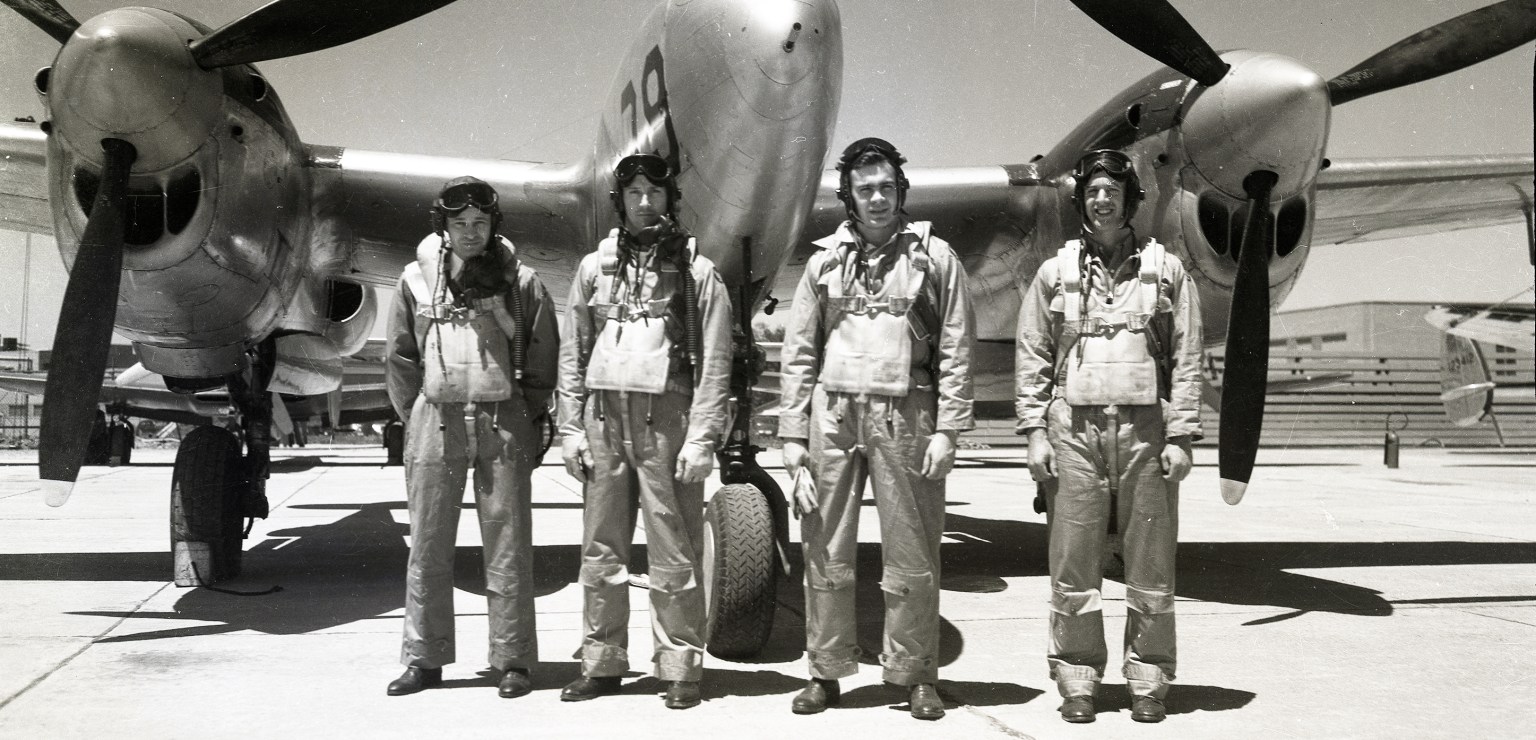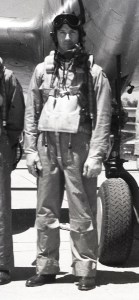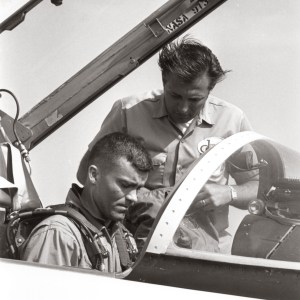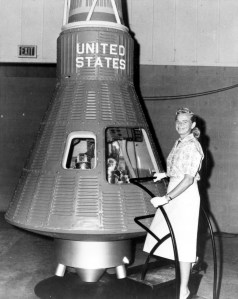The NACA’s Aircraft Engine Research Laboratory (AERL) possessed a remarkable corps of research pilots in the mid-1940s: (left to right) Joseph Vensel, Howard Lilly, William Swann, Joseph Walker, and William “Eb” Gough (who was hired shortly after the above photograph was taken).
Vensel, a veteran NACA pilot, was the chief of Flight Operations and was a mentor for the young team. He relocated to California in 1947 to establish the Muroc Flight Test Unit (today NASA Armstrong).
Lilly, the second AERL pilot, learned to fly in the Naval Reserves. After a brief stint at what is now NASA’s Langley Research Center he transferred to Cleveland in March 1943. Lilly purchased a P-63 Kingcobra in 1946 and competed in the National Air Races. He joined Vensel at Muroc in the summer of 1947 where he was the third person to break the sound barrier. On May 3, 1948 Lilly became the first NACA pilot to die on duty.
Swann was a young civilian pilot who joined the AERL in the summer of 1943 and remained at the center the longest. He became renowned for his smooth landings. Swann served as chief of Flight Operations from 1962 until his retirement in 1980.
Walker served as a P–38 reconnaissance pilot in the Pacific before joining the NACA as a physicist in early 1945. He joined Flight Operations shortly thereafter. Walker transferred to Muroc in 1951, where he gained fame as an experimental plane research pilot. He died in a fatal crash on June 8, 1966.
Gough was a decorated World War II hero who twice survived being shot down. He was among the first Navy pilots to qualify in both helicopters and jets. Gough joined the AERL in December 1945 and led the Flight Operations group from 1946 until 1962.

Robert S. Arrighi
NASA Glenn Research Center



























